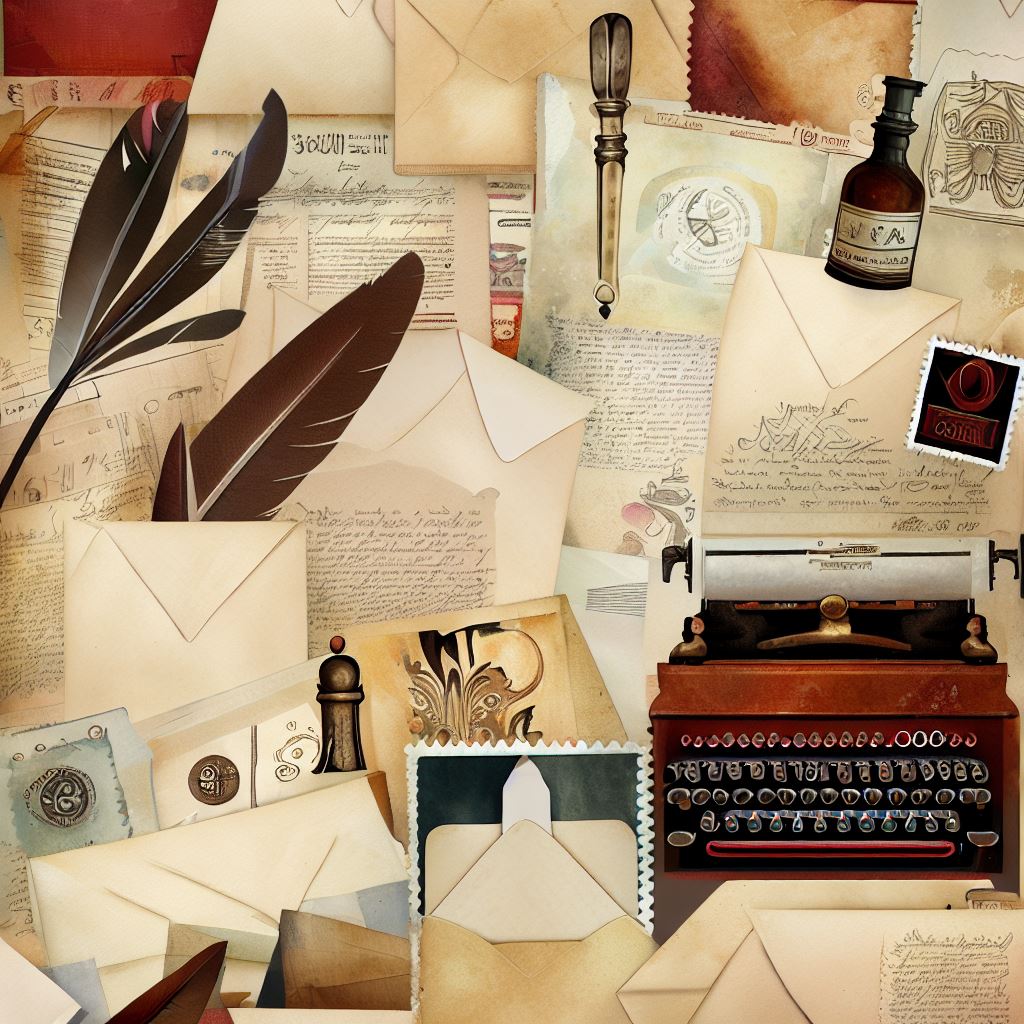Write letters, take a start from writing narrations. Meanwhile, you can create imaginary characters and start developing a story. You will further add something that readers find a reason to read your letters. So that they can relate their thoughts and subjects of their life. A story will develop. Later on, you will find that you have developed an interesting shortage of commitments that are ordered to be fulfilled. Accumulation of those words will form a novel.
Choosing Your Epistolary Approach
Lay the foundations of characters in the initial characters. However, it depends upon writers which part of life wants to define characters and how effectively they use literary elements. Defining the voices of your characters catches the tone of each character. Not every time you need inertia to start a story. When one develops voices and character types, conflicts start developing in the making of some essential sorts. Sometimes it occurs in emotions, unique sentences that define the actual personality of the character. Meanwhile, you can define it with some other traits as well. For example, habit, face gestures, or a life of misery. Choose a sequence and rhythm of letters, hide some secrets in the story, and reveal something catchy, thought-provoking or shocking. Collectively, all these elements will help to choose an approach for writing an epistolary novel.
Creating Authentic Letters: Character Voices and Styles
In the art of writing an epistolary novel, creating the authenticity of your letters is paramount. The question of how arises here, now one wants to depict a character who likes learning about new things about technology. Use that character to share news and the latest information about technology with the audience. Further, defines its idealistic approach and the hurdles to achieving it. Remember, while developing an epistolary novel, when defining the traits of characters, the essential object one needs to use it are letters. To whom one writes, and how one posts all of it depends on the choices of the writer’s creativity.
For instance, a young, enthusiastic character may use vibrant and informal language, while a more reserved character might opt for a formal tone. To truly immerse readers in the characters’ lives, think about the context in which the letters are written. Are they hurried dispatches from a war front, leisurely exchanges between close friends, or formal communications? By carefully tailoring the letters to match the characters and their situations, you ensure that readers connect with the story on a personal level, making the epistolary experience all the more engaging.
Crafting Compelling Relationships: The Power of Epistolary Bonds
In the world of epistolary novels, the relationships forged through letters hold a unique power to captivate readers. These bonds between characters can serve as the lifeblood of your narrative, breathing depth and complexity into your storytelling. As you craft the exchanges of letters, consider the evolving dynamics between characters. Whether it’s the blossoming romance between star-crossed lovers, the enduring friendship between childhood pals separated by distance, or the intense rivalry between adversaries, these epistolary bonds are the conduits through which your characters reveal their true selves.
Epistolary relationships have the remarkable ability to drive the plot forward, as letters become vessels of both confession and concealment. Through them, characters can share their deepest fears, desires, and secrets. It’s within the letters that readers witness the subtle shifts in emotions, alliances, and intentions, creating a sense of intimacy and connection with the characters’ inner lives. This emotional investment keeps readers eagerly turning the pages to see how these bonds will evolve, unravel, or ultimately determine the fate of the characters they’ve come to know and care about.
Plot Twists and Revelations: Building Suspense in Epistolary Novels
In the world of epistolary novels, crafting suspense, plot twists, and revelations is akin to an intricate dance. These elements are the threads that weave together a tapestry of intrigue and captivation, and they can be even more potent when intertwined with the complex emotions of narcissism and thanklessness. As the letters unfold, so too do the characters’ hidden agendas, concealed truths, and self-absorbed perspectives. The narcissistic tendencies of certain characters can lead them to manipulate the narrative, casting themselves in a favorable light while leaving others in the shadows of thankfulness. It’s within these nuances that the true power of the epistolary format shines through, offering readers a glimpse into the intricacies of human relationships and the dark corners of the human psyche.
Final thoughts
Start writing that is the first step of writing an epistolary novel. Later on, it depends on the choices that one uses modern elements or previous ones. This form of the novel is best for writing true inner feelings. It is about making something that becomes a habit of knowing greater than the power. So that when a reader finds your novel at least give a read to your novel. Later on, forms an opinion about the tendency of the epistolary novel.








